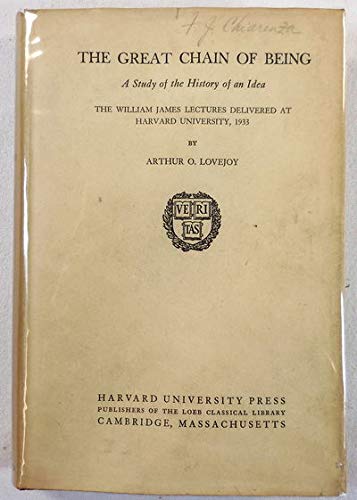What do you think?
Rate this book


Hardcover
First published January 1, 1936
i) continuitatea diferitelor ordine de existenţă şi este o idee care apare în (neo)platonism, dar culminează în metafizica lui Leibniz. De altfel, Leibniz este primul gînditor care defineşte principiul continuităţii (care e un alt nume pentru principiul plenitudinii). Între specii nu există locuri goale, neocupate, vacante. Între regunul vegetal și cel animnal trebuie să existe o ființă care deține cîte ceva din amîndouă. Leibniz a identificat această ființă miraculoasă în așa-numitul „miel scitic”.
ii) În al doilea rînd - şi ca o consecinţă a acceptării continuităţii ordinelor realităţii -, filosoful care primeşte ideea de plenitudine trebuie să admită în acelaşi timp următorul principiu logic: orice este posibil tinde să se realizeze în timp; nu există posibil fără o împlinire (actualizare) a lui.